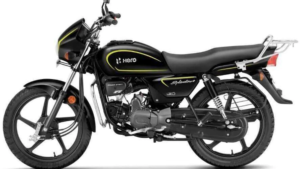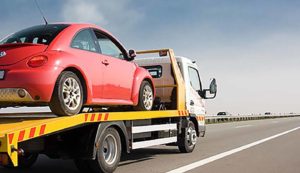
Kinetic recovery ropes are important accessories you can be used to pull out a stuck vehicle, whether in mind, sand, or snow. The natural tension of these ropes and the pulling force of the recovery vehicle make a snatching effect necessary to pull out a stranded vehicle. Kinetic recovery ropes offer safe and effective mechanisms for recovering a stuck vehicle with reduced risk of damage or injury. If you are like other people, you may wonder What rope does Matt’s recovery use?
Kinetic recovery ropes are designed to withstand heavy strain, offering an effective pull. The controlled-stretch ability of the rope makes it superior to traditional tow straps or ropes.
The Right Size of Your Recovery Rope
Each recovery situation is different and you must assess the safety of the specific situation you will be in. Typically, you must determine the stuck vehicle’s weight to know which rope size to go for. Experts often recommended a safety rating of 1.5 to 4 times the vehicle’s weight. It is important to take into account the amount of nylon involved between the recovery vehicle and the stuck vehicle, aside from the breaking strength. When there is more nylon involved, energy is transferred more effectively, without too much effort.
Also, you should consider the kind of soil, intended use like agriculture, commercial, or recreation, and kind of recovery vehicle when determining the correct rope size. The type of soil plays a significant factor because the soil’s friction coefficient can carry when you figure suction and friction.
How to Properly Use a Kinetic Rope
First, ensure you have the right rope sized for the job. Then, you must have a secure connection between the recovery vehicle and the stuck vehicle. Do not loop a rope around a vehicle’s ball hitch. When this breaks off, it becomes a projectile. So, consider using soft shackles instead.
After you have hooked out everything tight, do a static pull. This means pulling the rope tight and removing the stuck vehicle without a running start. If you fail to recover the vehicle, back up four feet and do a slight running pull. When the recovery rope tightens up and the recovery vehicle slows down, do not accelerate and hold the brakes. Allow the rope’s tension to transfer the kinetic energy to the stranded vehicle. If this still does not work, try at eight feet and then sixteen feet. When you recover vehicles stuck in mud, sand, or ice, always use common sense and do not pull at an angle of 90 degrees to avoid rollovers.





